
All photography on this site is copyrighted. Our site photographer is Sarah Warmker Photography. The rest of the pictures here were provided by members of Oklahoma Wildcrafting and they are also copyrighted by the member.



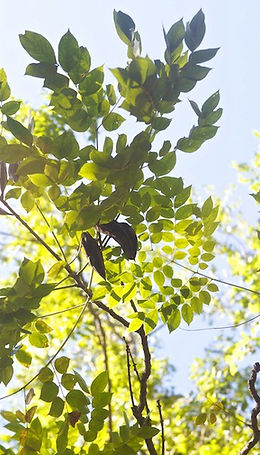
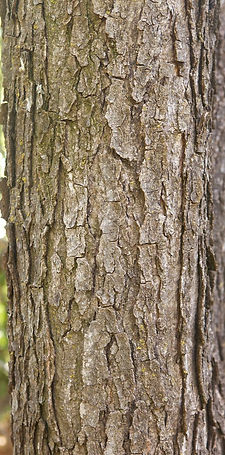
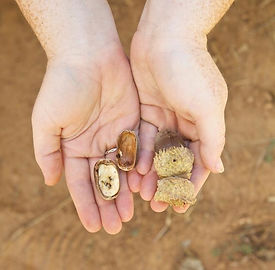
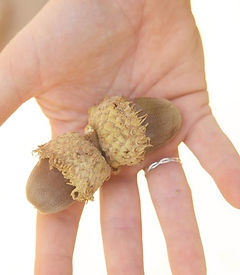
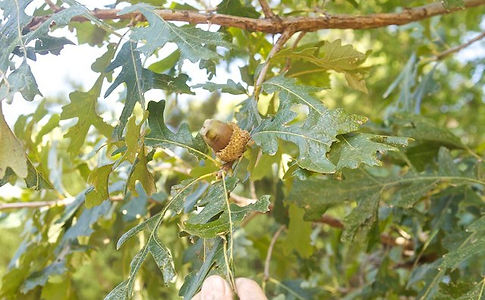
This web site is for educational purposes only. We suggest if you choose to eat or use any edible, herb or mushroom on this site that you first consult an expert in this area such as an herbalist, botanist or a mycologist.
Black Walnut
(Juglans nigra)
These trees can be found all over Oklahoma. They have been known to live for 130 years. Many of the black walnut trees found in our state may have been here during our grandparents childhood. The nut meat can be used in cookies, breads and all sorts of deserts. The Native Americans used them in Pemmican. The foraging of these nuts are a labor of love as they have a outer husk that can stain anything! Gloves are advised when harvesting and then you come to the cracking of these nuts, not an easy job. From hammers to running over them with your car tires, many methods have been tried. Once you get them cracked it is getting the nut meat out which requires some intense picking. This nut has a distinct flavor.
Description:
The bark of this tree is ruff and deeply ridged with a dark grey color. The leaves are alternate. The outer shell on these nuts is green and round. As this shell ages it turns black. Under this black shell one finds the nut.
Kentucky Coffee Bean
(Gymnocladus dioicus)
I have read that the Kentucky Coffee Bean is a rare tree, not so in Oklahoma. They line our back roads here in Oklahoma. The bean can be used as a coffee substitute and as a flavoring as well as a cooking spice. It is recommended to use this bean sparingly. It contains alkaloid cystisine and can make you extremely ill if you do not roast the beans before use. Roasting will neutralize the alkaloid cystisine. Native Americans used the pulp to treat insanity. It also has been used for fevers. I hesitate to add this to our herbal pages though. The beans need to be roasted to be edible.
Description: The bark is a gray brown color. The compound leaves of this tree are very large and grow alternate. They are oval in shape and up high on the tree you will find them in groups, while down low they are usually single.
Burr Oak
(Quercus macrocarpauercus macrocarpa)
My favorite acorn. Not only a great food source but they are used in arts and crafts. The acorn is used for flour also utilized by Oklahoma's Native Americans as a type of mush. .The acorn meat can be roasted and used as a nut substitute. You will find this tree in the herbal section also.
White Oaks can cross breed, so what you find may be a cross. have found in my area trees grow up to about 40 ft high, many Burr Oaks in other areas can grow up to 100 ft. The leaves can have more than one appearance, many times I find this is representative to where it is growing or if it has cross bred.
Description: The leaves are large and lobed, can or can not be teethed. The acorns are like no other though they are the largest acorn out there. The caps are ruff and somewhat hairy in appearance. The bark on this tree is very thick and ridged.
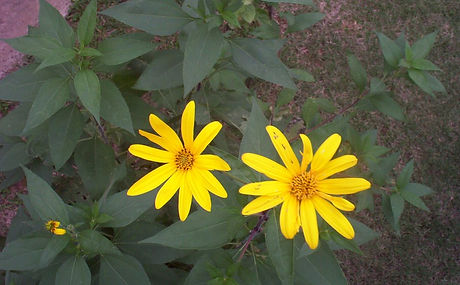
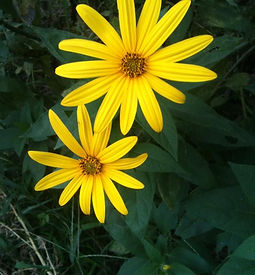
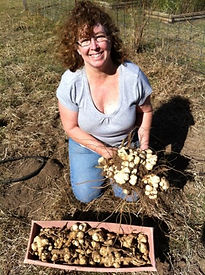
Jerusalem Artichoke
(Helianthus tuberosus)
Sunflowers are everywhere in this state. Many new foragers thinking they have found a Jerusalem Artichoke precede in pulling the sunflower only to find nothing. The key is the center, which is yellow. The root is used much like a potato, however there is no starch in the tuber which makes it a good choice for those who must limit starch in their diet.
Description: The leaves of the Jerusalem Artichoke are hairy and near the bottom of the plant oval . They can grow up to 10ft tall in Oklahoma. You can see a picture of the tubers to the left. They come in all shapes and sizes.and large to small.
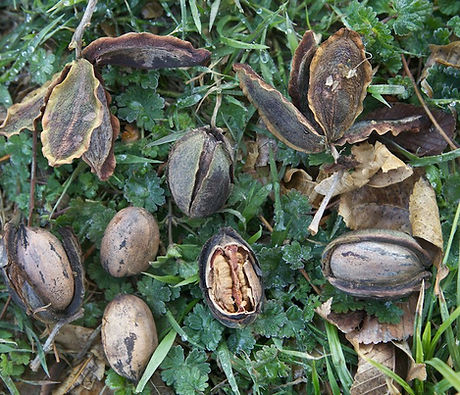

Native Pecans
(Carya illinoinensis)
Wild pecan trees are a great find. Each year I shell many for the freezer. Some years they are abundant and other years they are not. You have to watch for worm holes and discard those nuts. These nuts are a southern tradition for pecan pie and many say their flavor is much better than commercial nuts.
Description: Pecan trees can be found over a hundred feet tall here. The leaves are alternate. The outer shell of this nut splits into four sections to release the nut. These shells are green then turning brown as the nut matures.


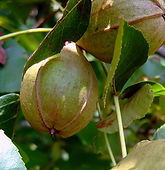
Hickory
Shagbark( Carya ovata)
Shellbark (Carya laciniosa)
Hickory butter is made from the crack nuts and is great for barbecuing and adding hickory flavor to anything. These nuts are so hard to crack many resort to driving their cars over them or a hammer.
These have pretty much the same shell covering the nut as a pecan that splits into four sections. These shells do not release the nut as easy as a pecan and are a lot thicker. The nut is rounder than a pecan. I find them growing up to about 45ft here.
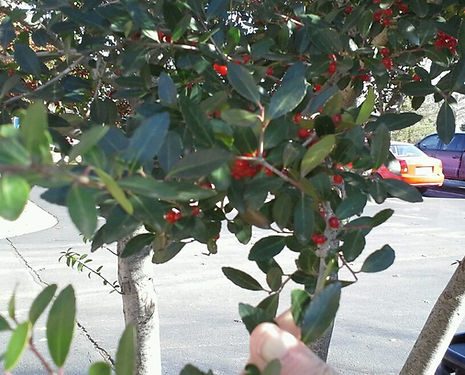
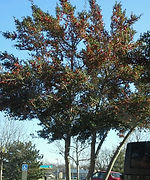
I am going to add this tree here as the leaves dried can be made into a tea or coffee substitute. I would advise some caution on this as in a large quantity it can make you vomit. I was used by many Native American Tribes. The tea does contain caffeine.
Description: I think the gray bark on this tree and long slender multiple trunk makes it stand out. It has glossy green leaves that are oval shape, however the tips are rounded. The red berries catch the sunlight and appear almost transparent.
Yaupon Berry
(Ilex vomitoria)
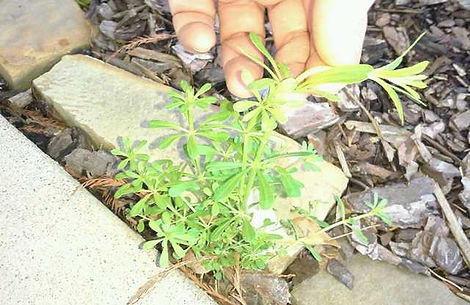

Cleavers
(Galium aparine)
Cleavers is an edible green, however the seed pods or nuts as they are called can be gathered for a tea which can be used as a coffee substitute. You may like to try this and I think many new foragers do. Collecting these nuts is a time consuming process as they are very small.
Description: to the left is the cleavers plant, you can see the leaf pattern is very distinct. When touching this plant there will be no doubt as it clings to you. The idea for velcro came from this plant. The small picture is a picture of the nut, which also will stick to you.
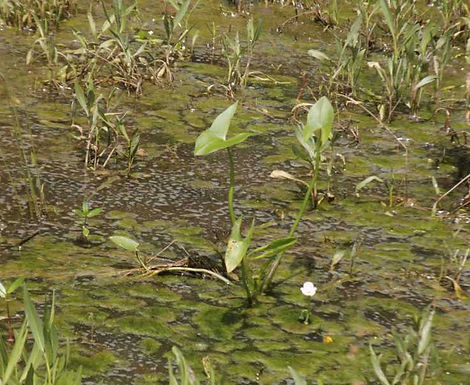
Arrowroot, Wapato
(Sagittaria latifolia)
Arrowroot on Rose Farm in Jones, Oklahoma. This plants tuber has been used for food by many Native American tribes. This white tuber is covered with purple looking skin.You can use the tubers much like a potatoe and it also can be eaten raw. This tuber can also be dried in slices and a flour made.